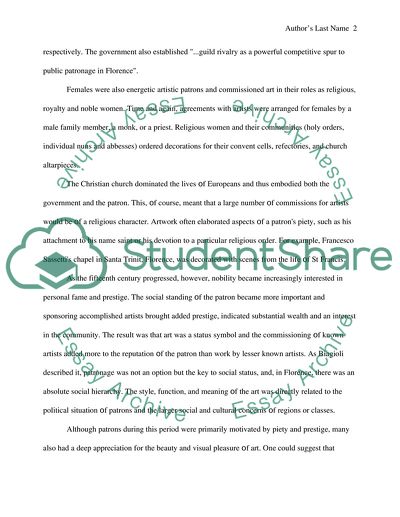Cite this document
(“Identify two texts dealing with contemporary art practices related to Coursework”, n.d.)
Retrieved from https://studentshare.org/visual-arts-film-studies/1545753-identify-two-texts-dealing-with-contemporary-art-practices-related-to-italy
Retrieved from https://studentshare.org/visual-arts-film-studies/1545753-identify-two-texts-dealing-with-contemporary-art-practices-related-to-italy
(Identify Two Texts Dealing With Contemporary Art Practices Related to Coursework)
https://studentshare.org/visual-arts-film-studies/1545753-identify-two-texts-dealing-with-contemporary-art-practices-related-to-italy.
https://studentshare.org/visual-arts-film-studies/1545753-identify-two-texts-dealing-with-contemporary-art-practices-related-to-italy.
“Identify Two Texts Dealing With Contemporary Art Practices Related to Coursework”, n.d. https://studentshare.org/visual-arts-film-studies/1545753-identify-two-texts-dealing-with-contemporary-art-practices-related-to-italy.


